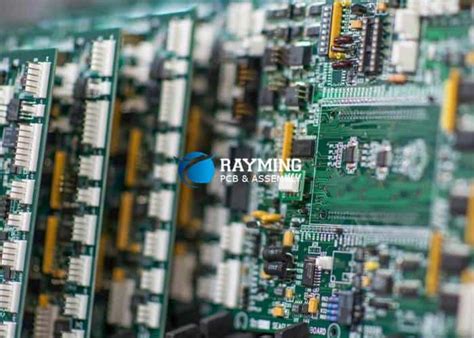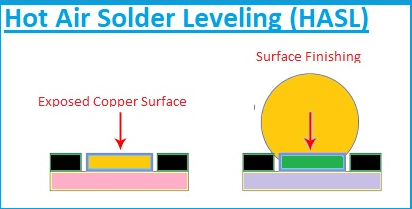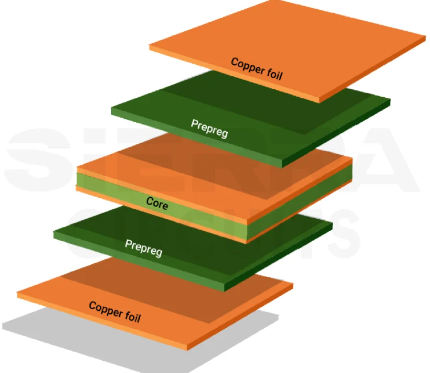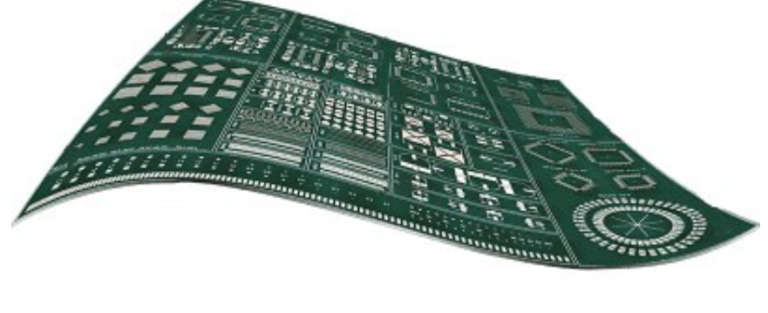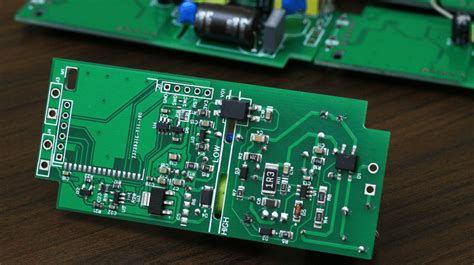Streamlining Contract Electronic Assembly for Enhanced Efficiency

Key Takeaways
Enhancing the efficiency of contract electronic assembly is pivotal for manufacturers looking to remain competitive in a dynamic marketplace. By employing innovative technologies, companies can streamline their pcb assembly processes, ensuring quicker turnaround times without compromising quality. One effective approach is adopting advanced automation solutions, which not only help in speeding up production but also minimize the likelihood of errors in the pcba process.
For example, integrating automated inspection systems can uphold the desired standards of product quality, thus facilitating a more reliable output. Furthermore, collaboration with suppliers for just-in-time inventory management can significantly reduce lead times, allowing for a more agile response to market demands.
| Strategy | Benefits |
|---|---|
| Automation | Reduces errors and accelerates production |
| Just-in-time inventory | Decreases lead times |
| Advanced inspection systems | Ensures product quality |
"By prioritizing efficiency through technological advancements, manufacturers can not only enhance their assembly processes but also foster stronger relationships with clients through reliable and high-quality products."
In conclusion, embracing these strategic practices in contract electronic assembly will ultimately contribute to improved operational efficiency and sustained growth in the industry.
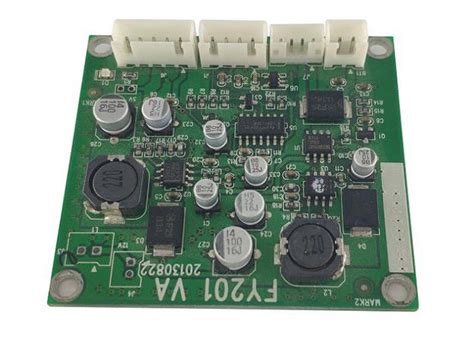
Understanding Contract Electronic Assembly: An Overview
Contract electronic assembly (CEA) plays a crucial role in modern manufacturing, particularly in sectors that require PCB assembly services. At its core, CEA involves outsourcing manufacturing processes that contribute to the development of PCBA (Printed Circuit Board Assembly) products. This collaboration allows companies to leverage the expertise and resources of specialized manufacturers, ultimately enhancing production capabilities. One of the significant advantages of CEA is its potential to streamline workflows and reduce operational costs. By engaging in a partnership with established contract manufacturers, businesses can access advanced technologies and innovative practices that drive efficiency while maintaining high standards of quality. Furthermore, as PCB assembly becomes increasingly complex due to evolving consumer demands and technological advancements, CEA offers an adaptable solution for scaling production without compromising on product integrity. Understanding the dynamics of contract electronic assembly is essential for businesses aiming to optimize their operations and stay competitive in a rapidly changing market landscape.
Key Challenges in Contract Electronic Assembly Processes
The contract electronic assembly (CEA) industry is fraught with various challenges that can hinder operational efficiency and product quality. One of the primary obstacles is the complexity of pcb assembly processes, which can lead to errors if not managed correctly. Many organizations grapple with communication gaps between contract manufacturers and clients, resulting in misaligned expectations and project delays. Additionally, fluctuating demand often affects production schedules, creating difficulties in maintaining consistent quality across runs. In an era where precision is paramount, issues such as supply chain disruptions can exacerbate these challenges, leading to longer lead times for components essential for pcba. Furthermore, the integration of advanced technologies, while beneficial, can also introduce a steep learning curve for personnel, necessitating ongoing training and adaptation. This multifaceted landscape requires companies engaged in contract electronic assembly to adopt comprehensive strategies that address these issues head-on while refining their processes to ensure seamless operation and top-tier product outcomes.

Innovative Technologies Transforming Electronic Assembly
The rapid evolution of technology has significantly impacted contract electronic assembly, particularly in PCB assembly (pcba) processes. One of the most notable advancements is the integration of automation technologies, which streamline repetitive tasks, minimize human error, and enhance overall production efficiency. Additionally, the adoption of advanced manufacturing software allows for real-time monitoring and management of assembly lines, ensuring that any potential issues can be identified and resolved promptly. Another transformative technology is the use of robotics in handling delicate components during assembly, which not only increases precision but also reduces the lead time for projects. Moreover, methods such as surface mount technology (SMT) have revolutionized the way electronic components are integrated into printed circuit boards, allowing for a higher density of components while maintaining a compact form factor. The implementation of these innovative technologies is crucial for achieving higher product quality and meeting the ever-increasing demands within the manufacturing sector. As industries continue to evolve, focusing on these advancements becomes essential to remain competitive and enhance overall operational efficiency in pcb assembly processes.

Strategies for Reducing Lead Times in Production
Reducing lead times in production is crucial for optimizing contract electronic assembly processes, particularly in the realm of pcb assembly. One effective strategy is to implement just-in-time (JIT) manufacturing principles, which help synchronize production schedules with demand, minimizing inventory costs and enhancing responsiveness. Additionally, leveraging advanced pcba technologies can significantly cut down the time required for each assembly phase. For instance, integrating automated assembly machines with smart sensors allows for real-time monitoring and adjustments, improving workflow efficiency. Collaboration with suppliers to ensure timely delivery of components also plays a vital role; utilizing electronic data interchange systems can streamline communications and enhance the accuracy of order placements. Furthermore, adopting flexible manufacturing systems enables companies to adapt quickly to changes in product specifications or volume demand without significant downtime. By focusing on these strategies, organizations can substantially reduce lead times, resulting in quicker turnaround without compromising quality or performance in the competitive landscape of electronic manufacturing.
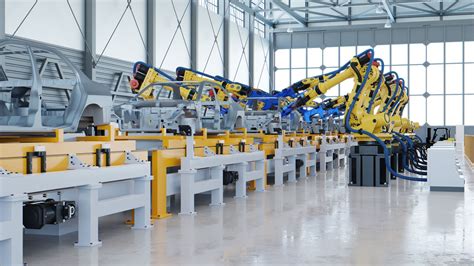
Enhancing Product Quality Through Best Practices
In the competitive landscape of contract electronic assembly, achieving superior product quality is paramount. Adopting best practices can significantly influence the outcomes of PCB assembly processes and ultimately lead to improved client satisfaction and marketability. One effective approach is implementing stringent quality control measures throughout the production cycle, which includes regular inspections and testing of components before they enter the assembly phase. Equally important is fostering open communication among team members, as collaboration can help identify potential issues early on. Utilizing advanced data analytics also plays a crucial role; it enables teams to monitor defects in real-time and provides insights for continuous improvement. Moreover, investing in training for personnel ensures that employees are well-versed in the latest techniques for handling PCBA tasks effectively. By integrating these strategies, manufacturers can not only enhance the quality of their products but also minimize waste and reduce overall production costs, ultimately contributing to a more efficient assembly process.

The Role of Automation in Streamlining Processes
Automation plays a pivotal role in enhancing the efficiency of contract electronic assembly (CEA), particularly in the context of pcb assembly and pcba. By integrating advanced technologies such as robotics, artificial intelligence (AI), and machine learning, manufacturers can dramatically streamline their production processes. Automation minimizes human error, thereby improving overall product quality and consistency. For instance, automated pick-and-place machines can accurately position components on printed circuit boards (PCBs), significantly speeding up the pcba process while ensuring precise alignment. Additionally, automated inspection systems utilize machine vision to detect defects in real time, allowing manufacturers to address quality issues promptly. This timely intervention not only reduces waste but also enhances customer satisfaction by delivering products that meet stringent quality standards. Furthermore, the implementation of automation technologies can lead to reduced lead times by optimizing workflow and expediting production cycles. As automation continues to evolve, its influence on contract electronic assembly processes is expected to grow further, driving innovation and improving efficiency across the manufacturing sector.
Case Studies: Successful Implementations in the Industry
In the realm of contract electronic assembly, various businesses have successfully leveraged innovative strategies to streamline their pcb assembly processes. For instance, a leading electronics manufacturer achieved significant enhancements in production efficiency by integrating advanced automation technologies into their PCBA workflows. This shift not only reduced lead times but also improved the overall product quality. By adopting real-time monitoring systems, this company facilitated better decision-making and resource management, leading to a remarkable 30% reduction in production delays. Another notable example is a small-to-medium enterprise (SME) which embraced a collaborative approach with suppliers to optimize its supply chain for pcb assembly. By sharing data and forecasts, they ensured that components were delivered precisely when needed, minimizing inventory costs and enhancing just-in-time manufacturing practices. These case studies exemplify how organizations within the industry can effectively implement innovative solutions to overcome challenges in contract electronic assembly, ultimately leading to greater operational efficiency and higher product standards. The experiences shared showcase that when companies focus on strategic partnerships and technological advancements, they position themselves favorably in a competitive landscape while paving the way for future success in pcba endeavors.
Future Trends in Contract Electronic Assembly and Efficiency
As the demand for pcb assembly continues to rise, understanding future trends in contract electronic assembly becomes crucial for manufacturers seeking to enhance operational efficiency. One prominent trend lies in the integration of advanced automation and robotics, which not only streamline assembly processes but also significantly reduce human error. Leveraging Artificial Intelligence (AI) and Machine Learning (ML) in pcba workflows is also gaining traction, aiding in predictive maintenance and optimizing production schedules. Additionally, the increasing adoption of Internet of Things (IoT) technologies facilitates real-time monitoring of assembly lines, allowing companies to respond swiftly to any discrepancies that arise during the production phase. Moreover, sustainability is becoming a key focus, with many companies exploring eco-friendly materials and processes that not only enhance efficiency but also cater to a growing consumer preference for greener products. Investing in these innovative technologies and practices will undoubtedly prove vital in ensuring that contract electronic assembly operations remain competitive and capable of meeting future challenges head-on. As we look ahead, it is evident that the confluence of technology and best practices will shape a more efficient future for pcb assembly, ultimately leading to improved product quality and customer satisfaction.
FAQs
What is contract electronic assembly?
Contract electronic assembly, often referred to as pcba, involves outsourcing the manufacturing process of electronic components to specialized companies. These firms handle tasks such as pcb assembly, testing, and logistics, allowing businesses to focus on their core competencies.
What are the main challenges in contract electronic assembly?
Key challenges include managing supply chain dependencies, ensuring quality control throughout various stages, and maintaining effective communication between clients and assembly partners. Addressing these challenges can lead to more efficient processes.
How can innovative technologies improve electronic assembly?
Technologies such as automation, advanced robotics, and real-time data analytics significantly enhance production efficiency. For instance, employing smart machinery in pcb assembly can optimize workflow and minimize errors during the manufacturing process.
What strategies can reduce lead times in production?
Implementing Lean manufacturing principles, utilizing just-in-time inventory systems, and fostering strong partnerships with suppliers can help reduce lead times. These strategies ensure that resources are used efficiently and products are delivered on schedule.
How can we enhance product quality through best practices?
Adopting stringent quality assurance checks, continuous training for staff, and utilizing high-quality materials are essential practices for improving product quality. This focus ensures that the end products meet or exceed industry standards.
What role does automation play in streamlining processes?
Automation enhances precision and speeds up production by minimizing human error during tasks such as soldering or component placement in pcba. As a result, it leads to faster turnaround times while ensuring consistent product quality.
For more insights into pcb assembly and how it can benefit your manufacturing process, please visit this link.

